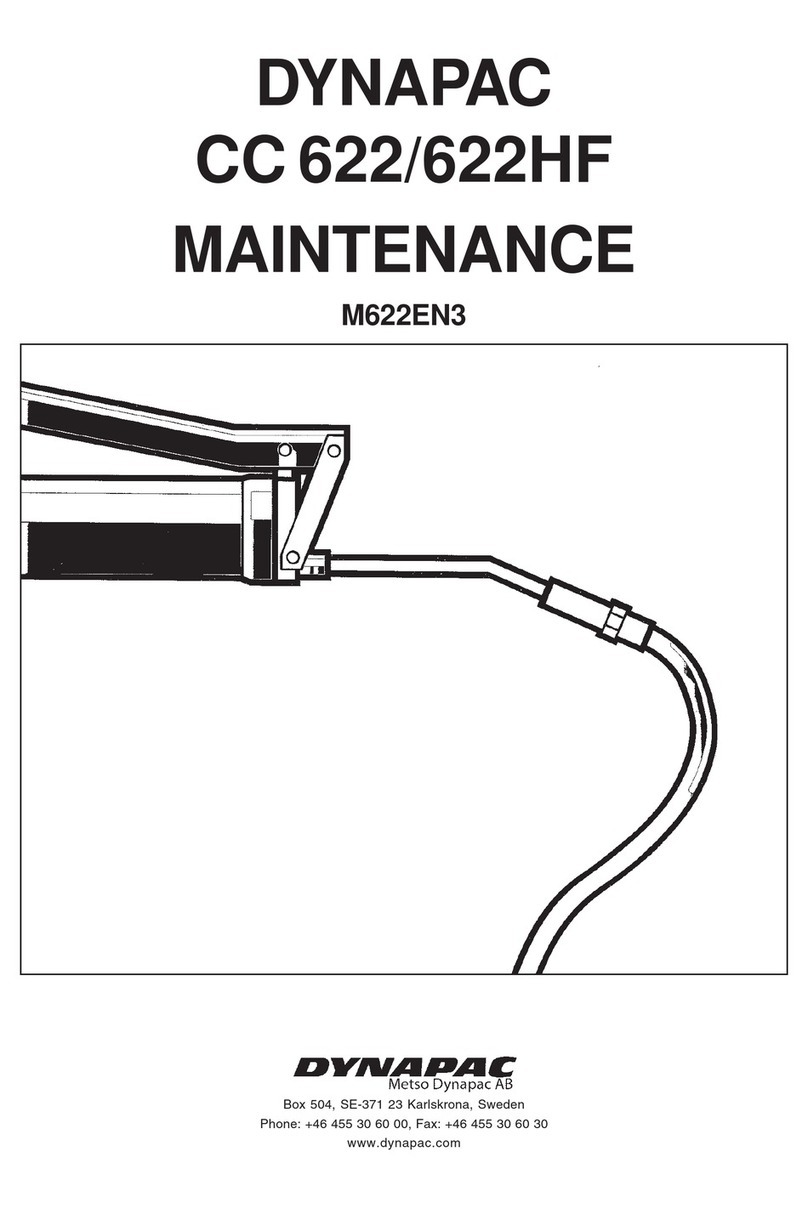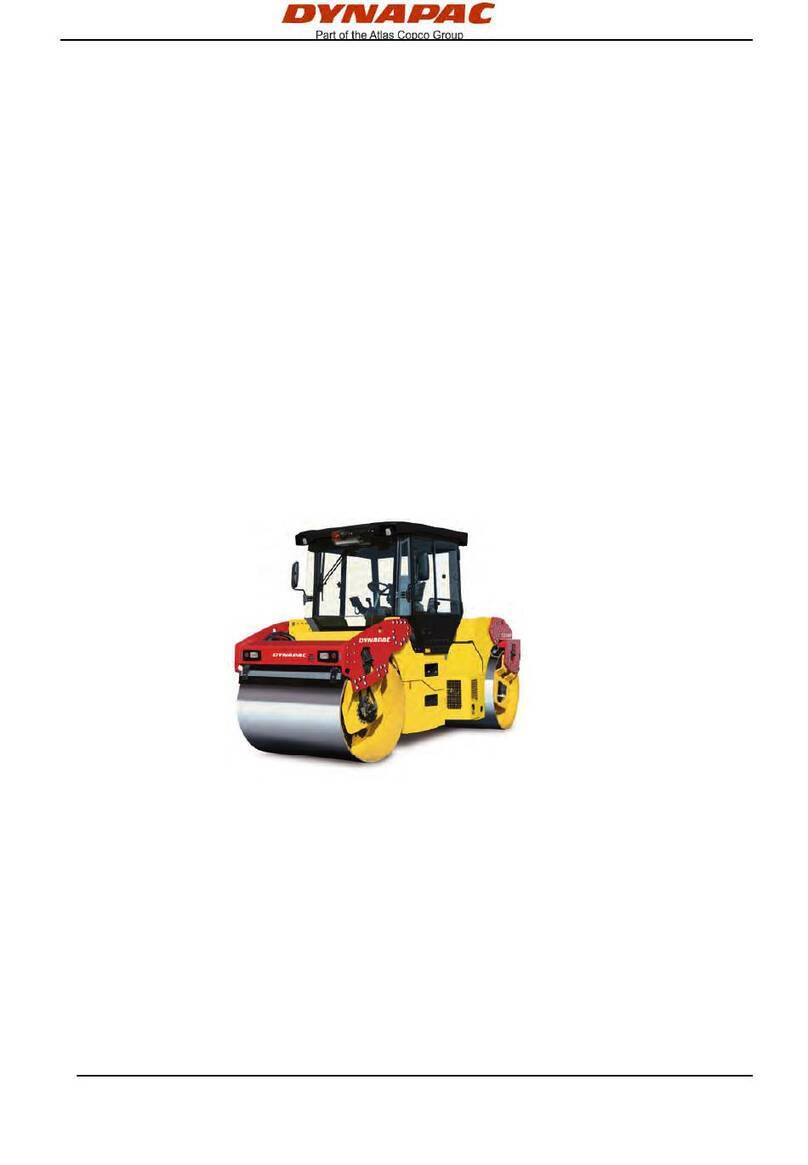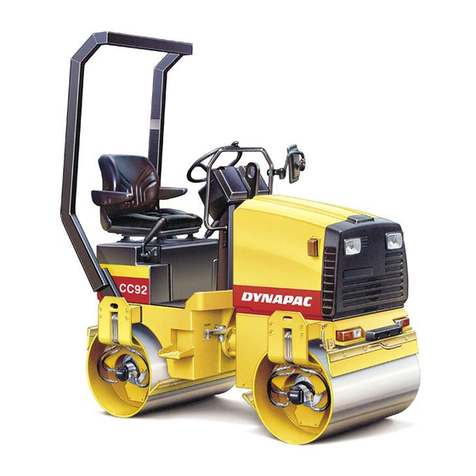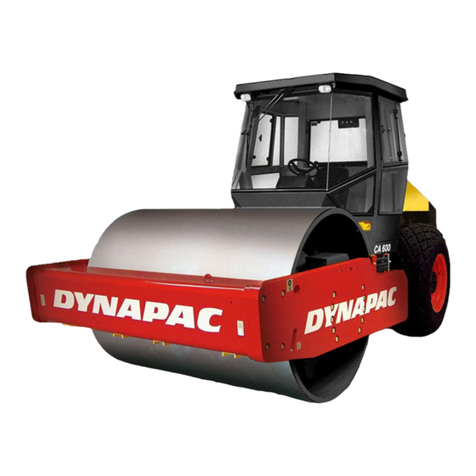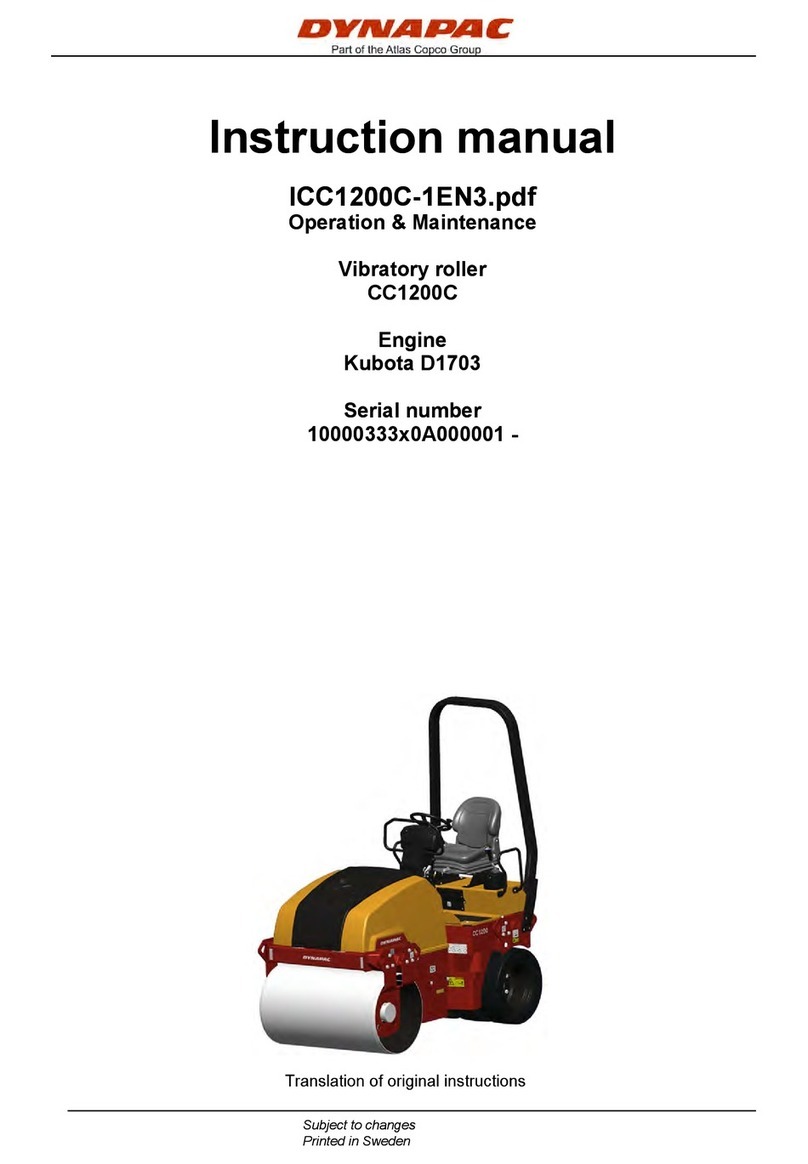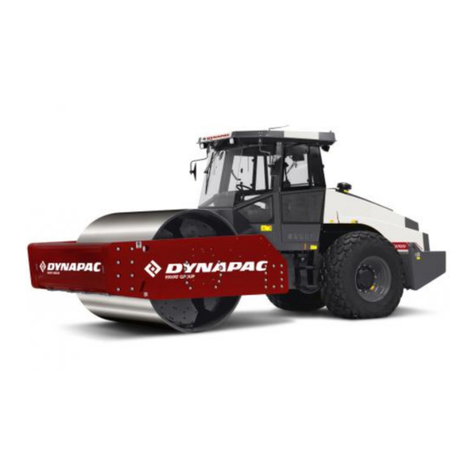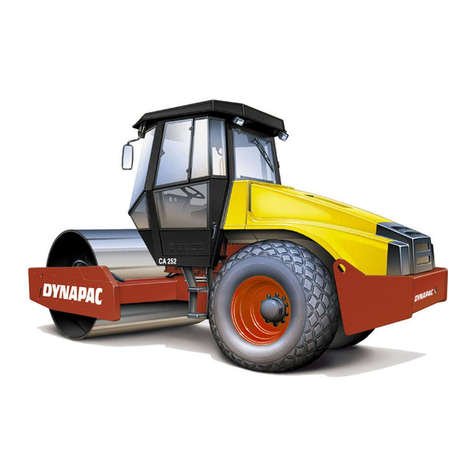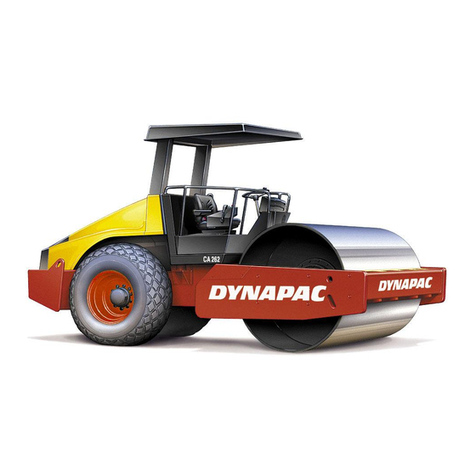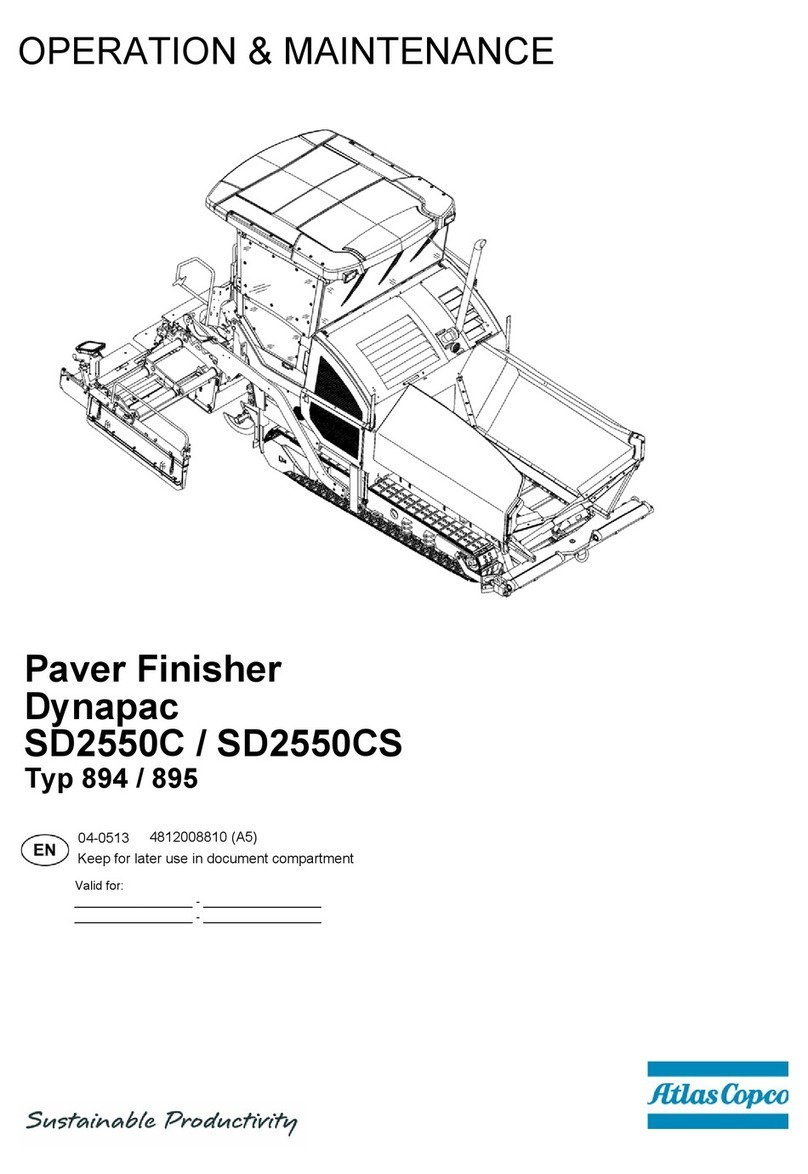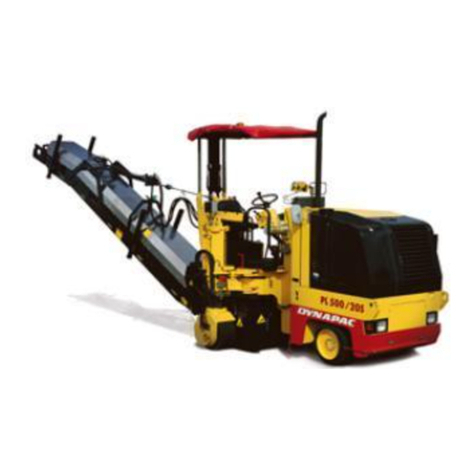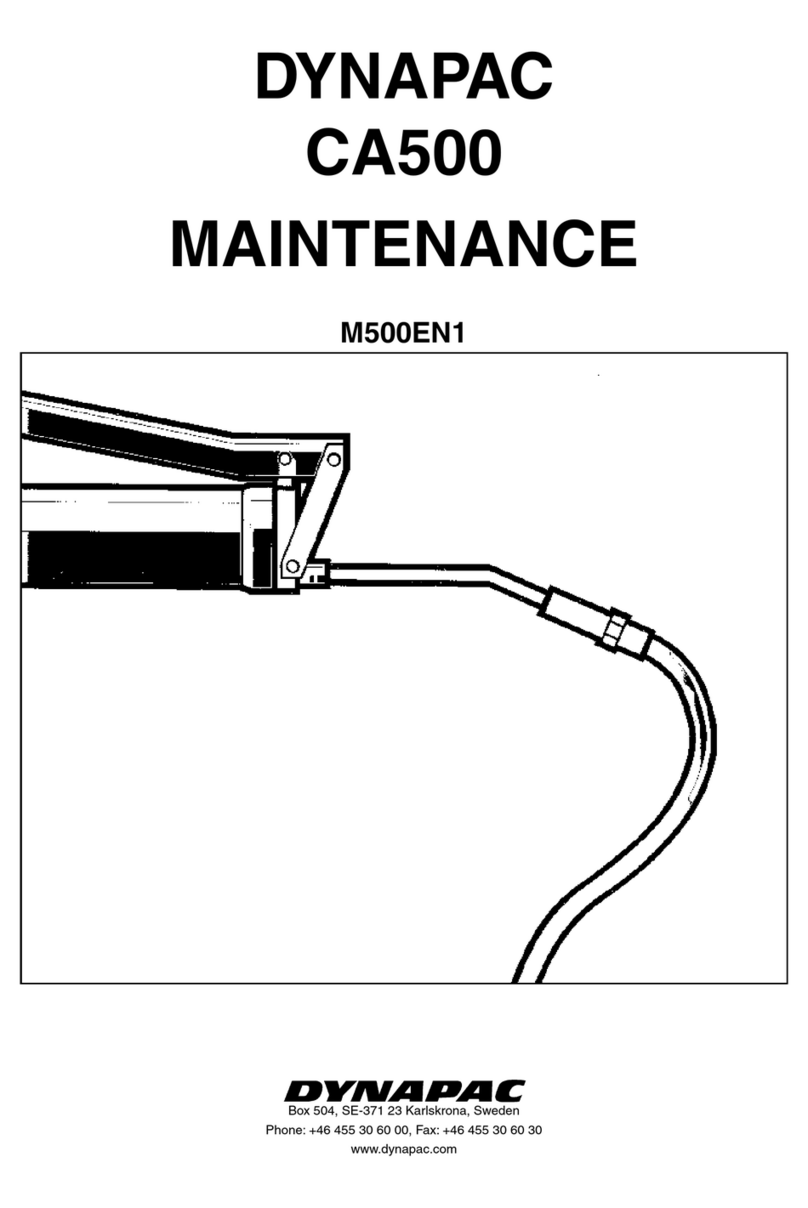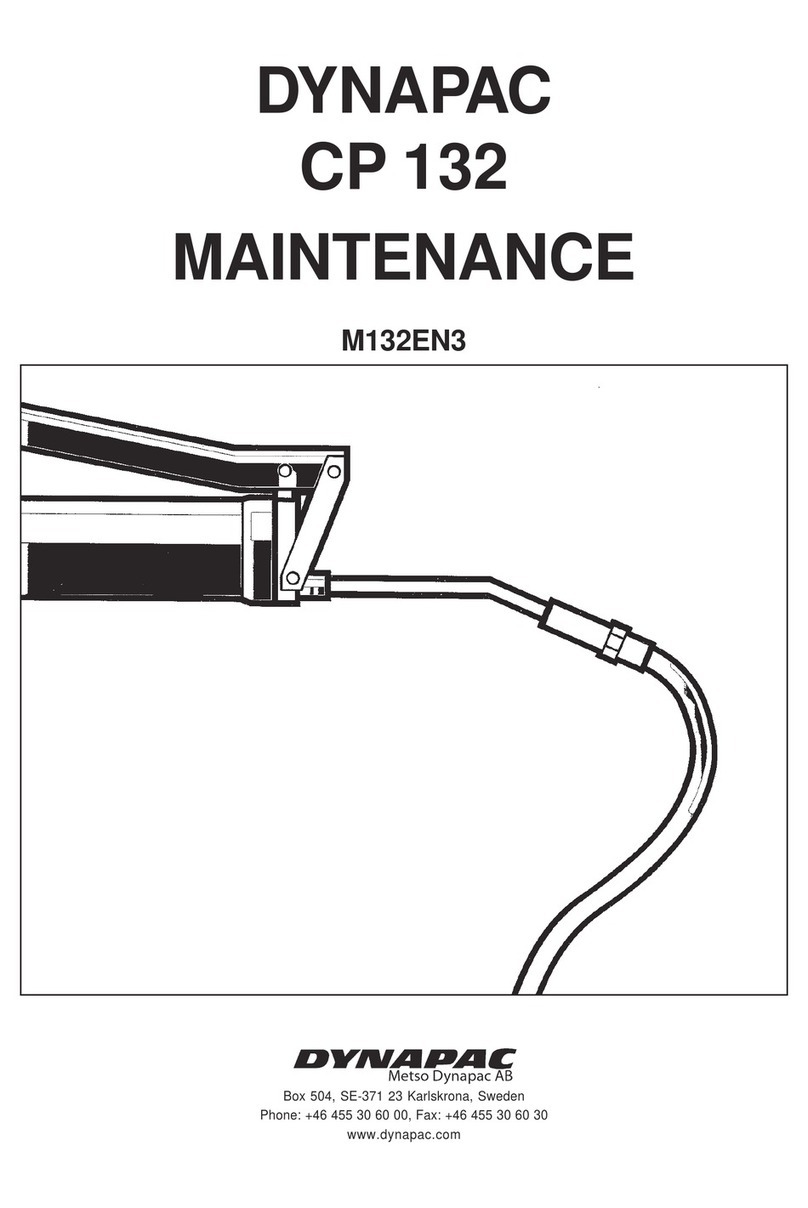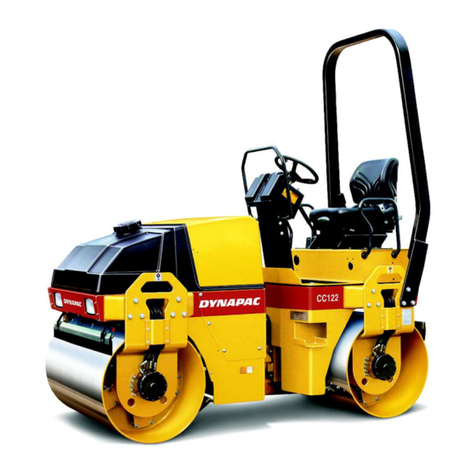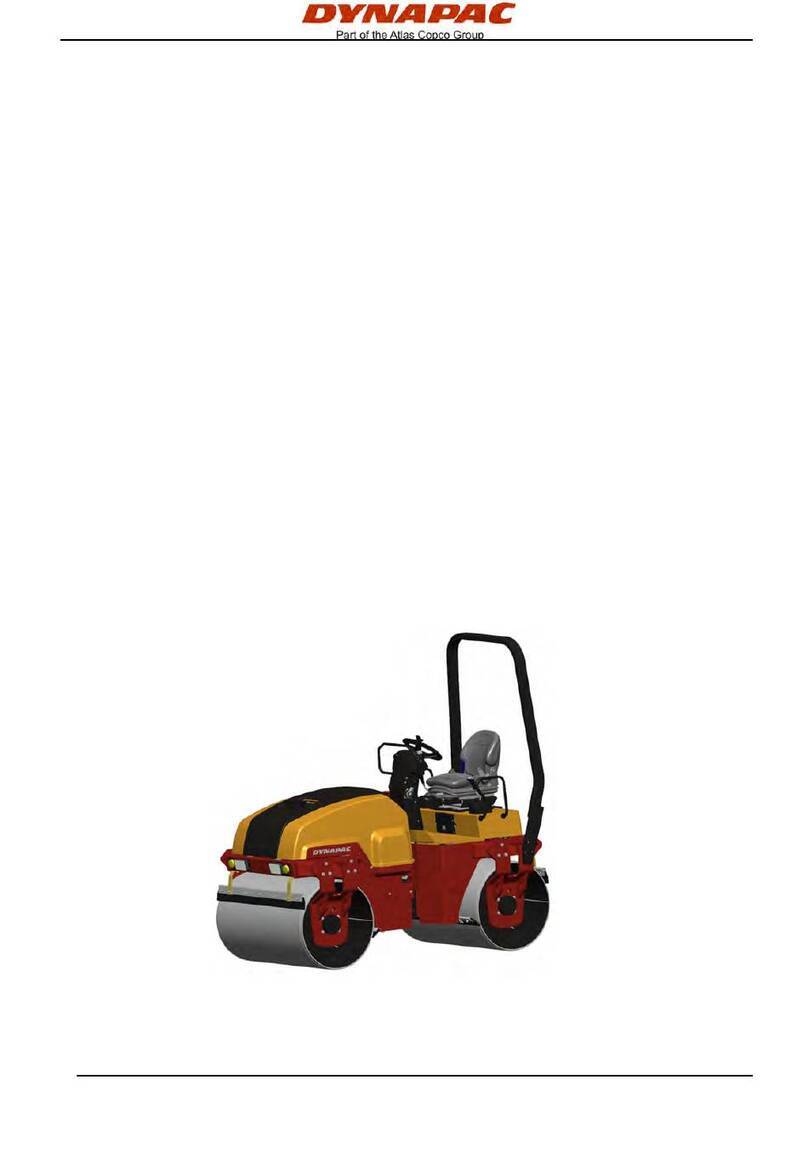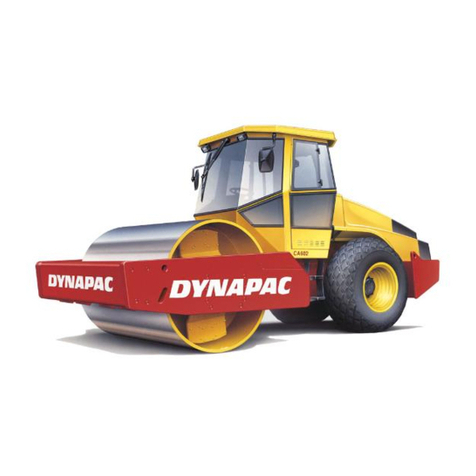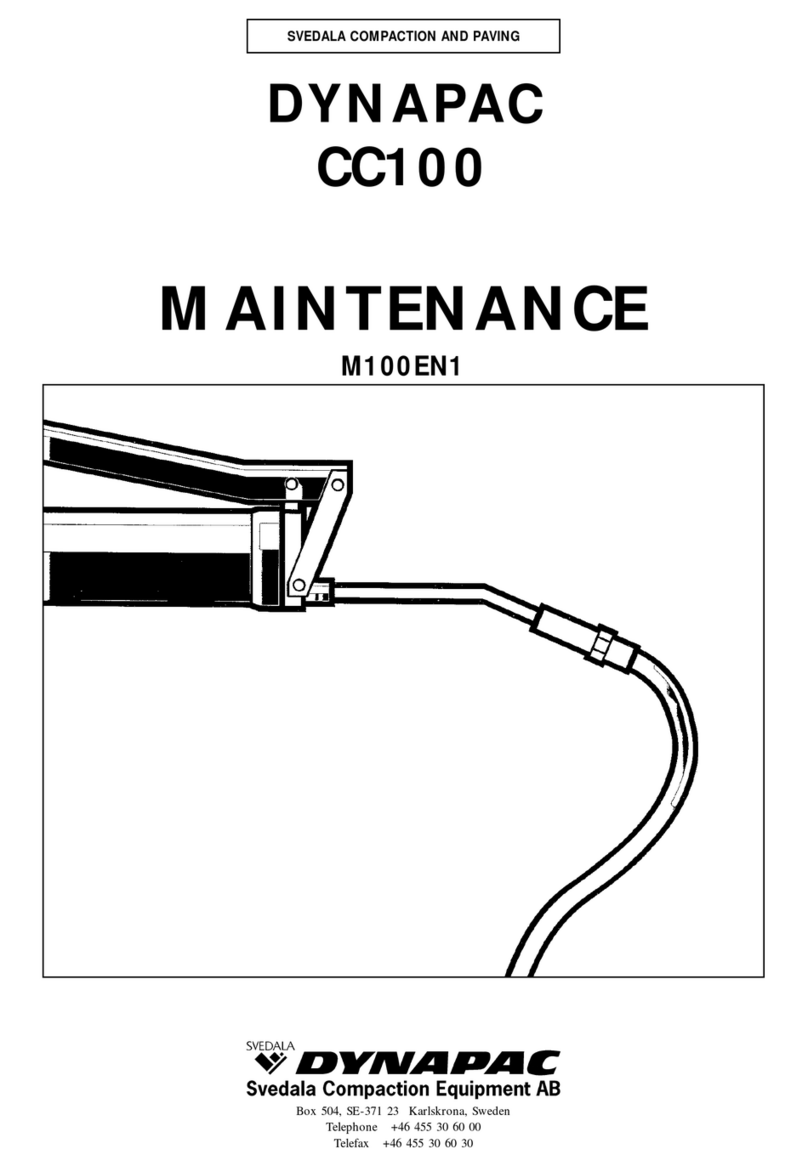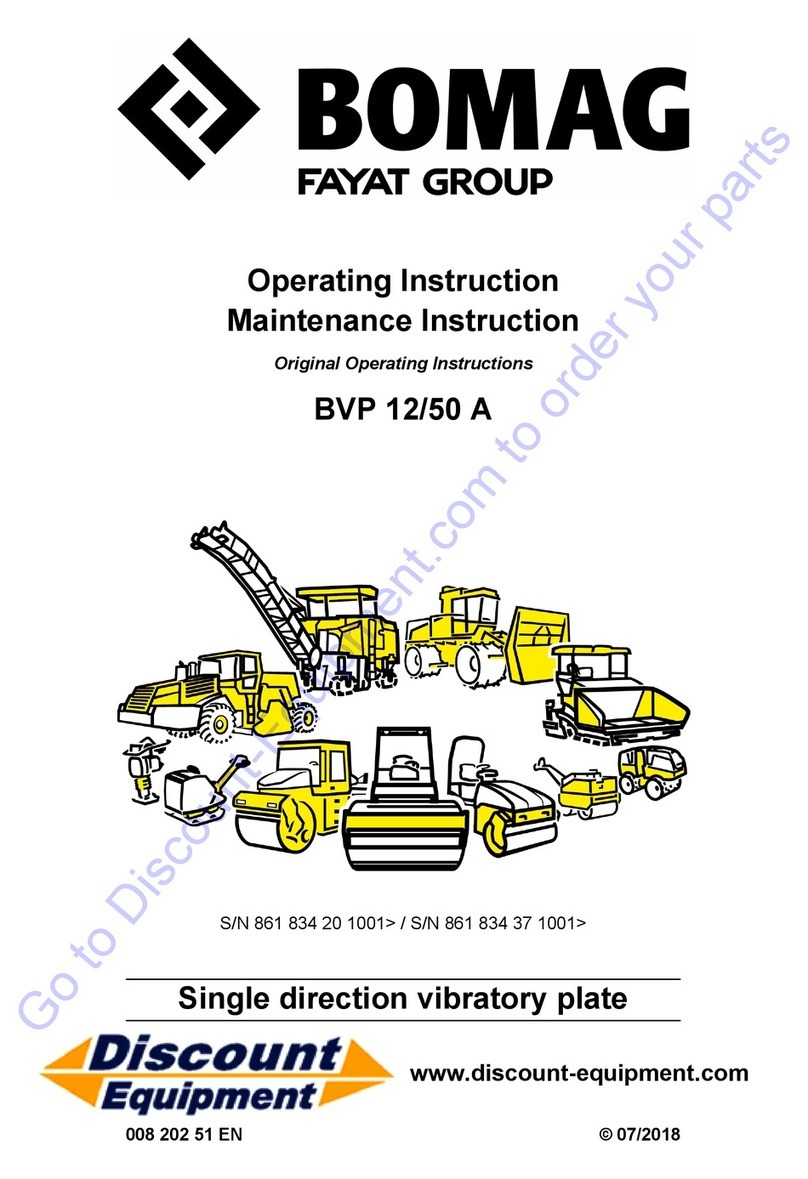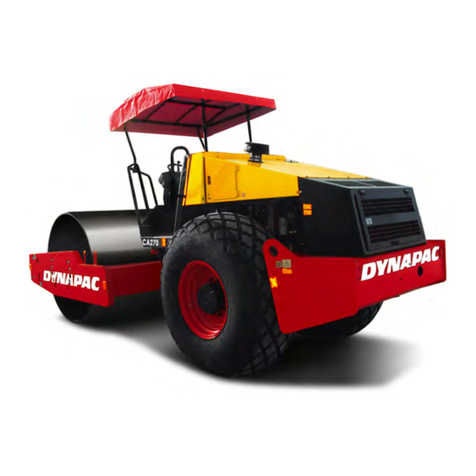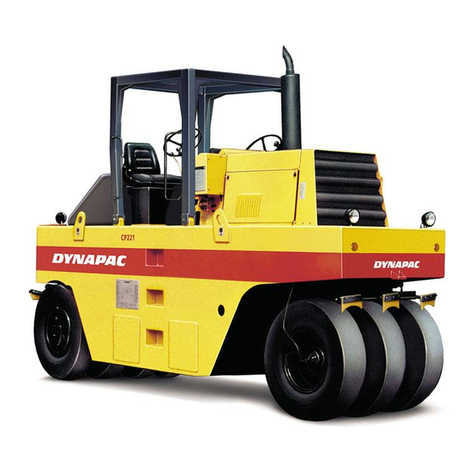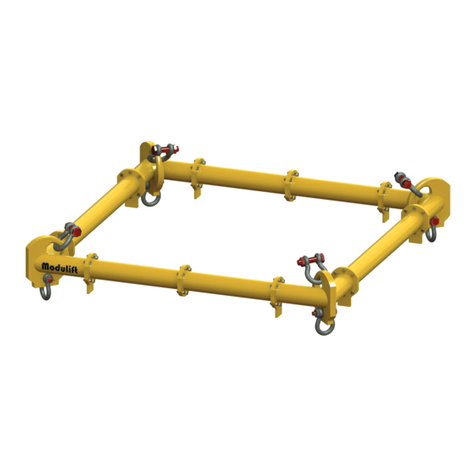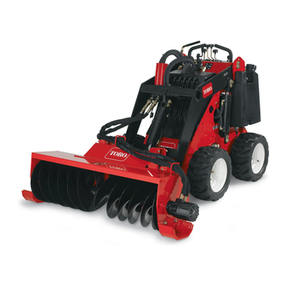
Introduction
ICA250i-IN2EN1.pdf2012-12-19
Introduction
The machine
CA250i is one of Dynapac's medium-heavy soil
compaction rollers. It is available in STD and D
versions.
Intended use
All types of base courses and subbase courses can be
compacted deeper and the interchangeable drums, D
to PD, and vice versa, facilitate even greater variety in
the range of application.
The cab and safety-related accessories are described
in this manual. Other accessories, such as compaction
meter, tachograph and field computer, are described
in separate instructions.
Warning symbols
WARNING ! Marks a danger or a hazardous
procedure that can result in life threatening or
serious injury if the warning is ignored.
WARNING ! Marks a danger or a hazardous
procedure that can result in life threatening or
serious injury if the warning is ignored.
CAUTION ! Marks a danger or hazardous
procedure that can result in damage to the
machine or property if the warning is ignored.
CAUTION ! Marks a danger or hazardous
procedure that can result in damage to the
machine or property if the warning is ignored.
Safety information
It is recommended to at least train operators in
handling and daily maintenance of the machine
in accordance with the instruction manual.
It is recommended to at least train operators in
handling and daily maintenance of the machine
in accordance with the instruction manual.
Passengers are not allowed on the machine, and
you must sit in the seat when operating the
machine.
Passengers are not allowed on the machine, and
you must sit in the seat when operating the
machine.
The safety manual supplied with the machine
must be read by all roller operators. Always
follow the safety instructions. Do not remove
the manual from the machine.
The safety manual supplied with the machine
must be read by all roller operators. Always
follow the safety instructions. Do not remove
the manual from the machine.
We recommend that the operator reads the
safety instructions in this manual carefully.
Always follow the safety instructions. Ensure
that this manual is always easily accessible.
We recommend that the operator reads the
safety instructions in this manual carefully.
Always follow the safety instructions. Ensure
that this manual is always easily accessible.
1
